
There are a number of day-to-day items we use on a regular basis. You probably don’t think much about most of these products. Why would you, after all, give a second thought to a shopping cart, the pockets of your jeans, or the holes in your converse, right? However, many of these everyday items have additional features and two-fold purposes that a lot of us aren’t even aware of. Here we look at several handy and cool hidden features of everyday things you are unlikely to have heard of.
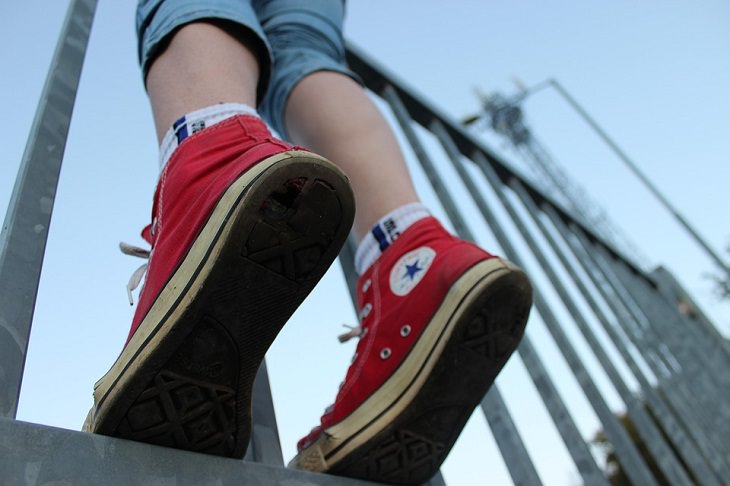
Converse have been extremely popular for a while now. If you ever used a pair of these comfortable sports shoes, you must have noticed the two extra holes near the bottom of all converse similar to the shoelace holes. It has mostly been assumed that these two extra holes are designed as a fashion statement.
Actually, the reason for the holes is two-fold. Firstly, they are there for providing more airflow to the feet and help circulate air around them. Secondly, the two holes are also for lacing your shoes. Surprised? The Converse shoes were originally designed in the early 20th century for basketball players and the two extra holes in each shoe were made to allow them to customize the fit of their shoes and stop the laces from untangling.
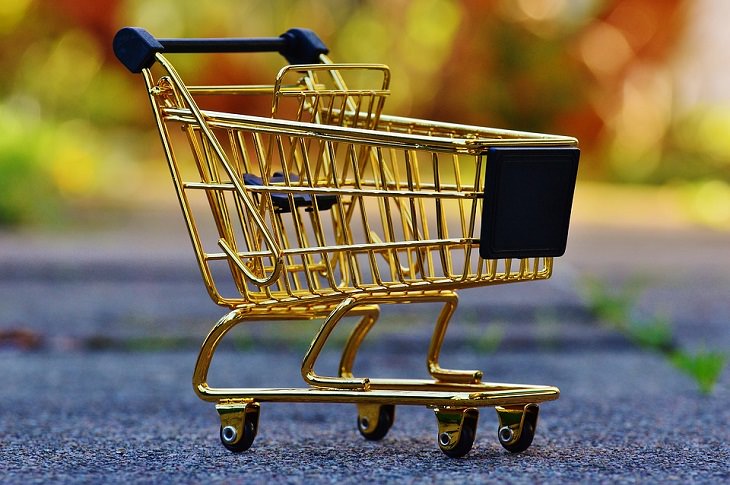
Visiting the grocery store is something that most of us do at least once or twice a week. While browsing the aisles at the local supermarket, we generally get hold of a shopping cart. Normally, we don’t give a second glance to the shopping cart and just dump a plethora of items on it. But what if we told you that the simple cart holds a neat little secret?
You must have noticed the loops that stick out the top of the back of the child's seat on the shopping cart. It isn’t just there as a neat design feature, but indeed serves a very handy purpose to make your shopping easier. You see, the loops are actually made for you to hang carrier bags from. It’s an ingenious idea because it will stop bags containing softer items like bread, eggs, fruit, and vegetables from getting squished by the heavier items in the trolley.
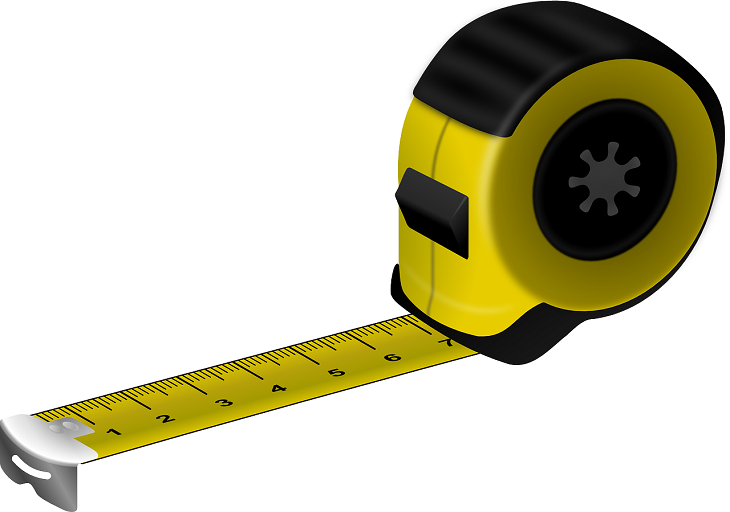
On almost every measuring tape you’ll find a small metal slot on the end hook. Have you wondered what’s that for? Well, its main purpose is to grab onto the end of a nail or screw. So when you are measuring a flat surface and don’t have anyone to hold the other end of the tape, you can simply insert a nail or screw and then hook the end of the tape onto it to get a precise measurement.
You will also see that the measuring tape has a serrated edge. It is made that way for a good reason. For instance, if you are measuring something and don’t have a marking tool at hand, you can use this serrated edge to mark the spot by running it back and forth on whatever you are measuring.
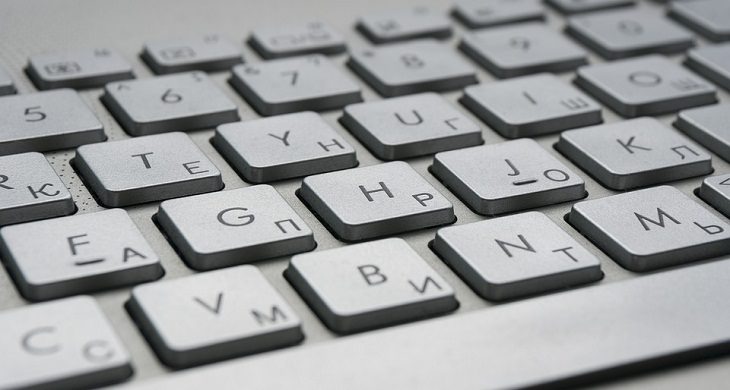
Have you ever noticed the small bumps or ridges on the F and J keyboard keys? Probably not. Because when you are busy typing away the sentences on your keyboard those little bumps are hardly noticeable. However, they do have a use. The ridges are made to help users correctly position their left and right hands without having to look at the keyboard. To elaborate, these raised bumps were added to the keyboard to help your index fingers find their way back to the home position without having to look away from the screen. These keys are referred to as the home row.
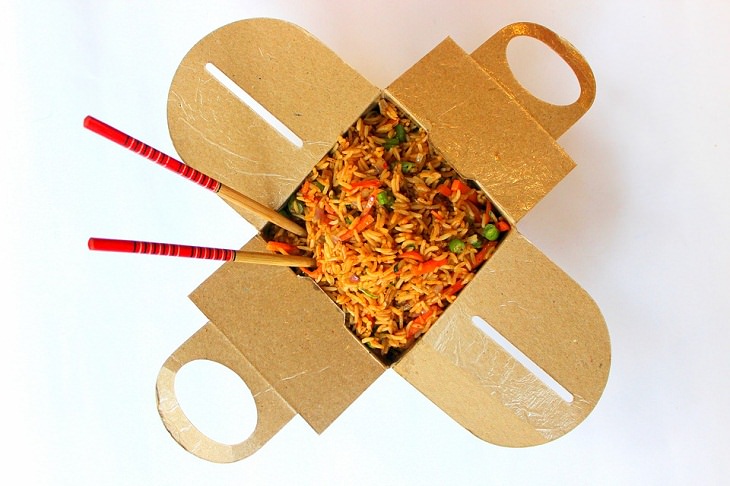
Every neighborhood Chinese restaurant across the world serves food in folded white cardboard boxes. Do you know that takeout containers can also be used as a plate? If you unfold the box, you will find that they are folded in such a way that they become perfectly sized cardboard dinner plates. The food inside will spread nicely and evenly on the opened box and you can then dig in.
Also, the flat interior of these containers helps our leftover food slip right onto our plates - which means not even a single morsel of food is wasted.
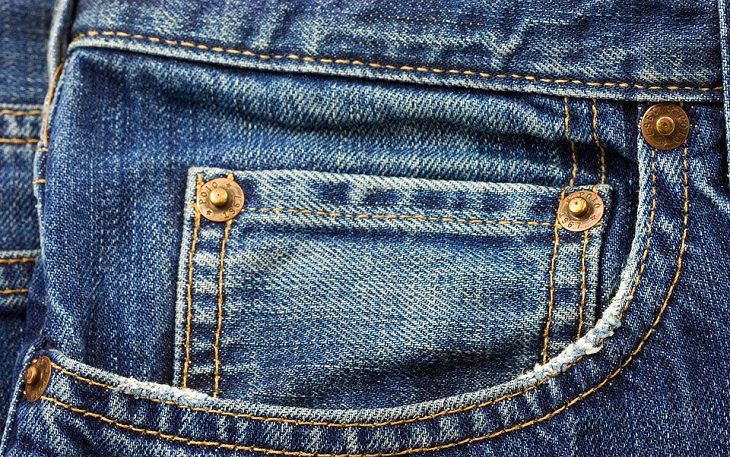
Denim jeans come with a tiny extra pocket, but they are too small to be useful, aren’t they? Some of us might use it to put a few coins or store folded up cash but that extra pocket largely goes useless. So why do they make it then? Well, this small pocket was designed for one specific purpose: to hold a pocket watch.
In the mid-1800s, gold miners in California often used jeans and one of the most important items they kept in their pockets was their pocket watch. The delicate and small item needed a safe space and hence the fifth pocket was designed by jeans makers to snugly store the miners’ expensive pocket watches while they worked.
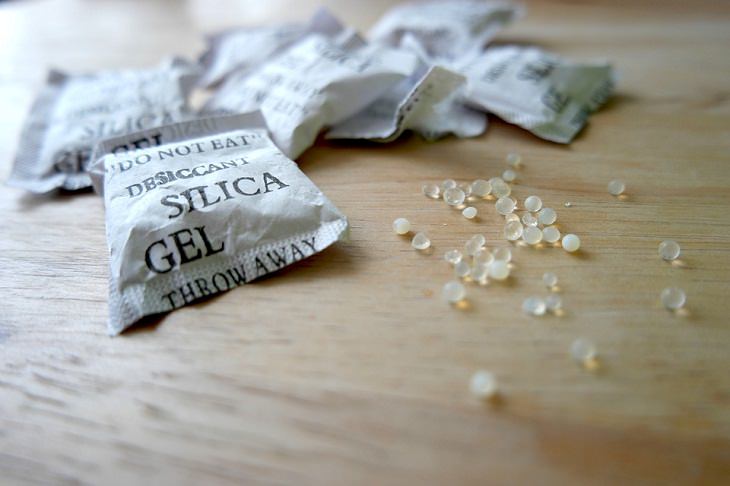
You probably already know that the small silica gel packs are included with various products to preserve their freshness. But did you ever think about how exactly they work?
Silica gel is basically a desiccant – it sucks and holds water vapor, which means it absorbs moisture out of its immediate environment. The small packets are filled with silica gel beads or silicon dioxide in solid form. Thus, they can keep mold, mildew, damage, odors, and staining away from sensitive items. In fact, any item that can be spoiled with too much moisture can be kept nice and dry with silica gel packs, as they will absorb up to 50% of the humidity in an enclosed environment.
So the next time you feel like throwing away these little packets, just hang on to them a little longer. They might just come in handy to dry out some important products you use.
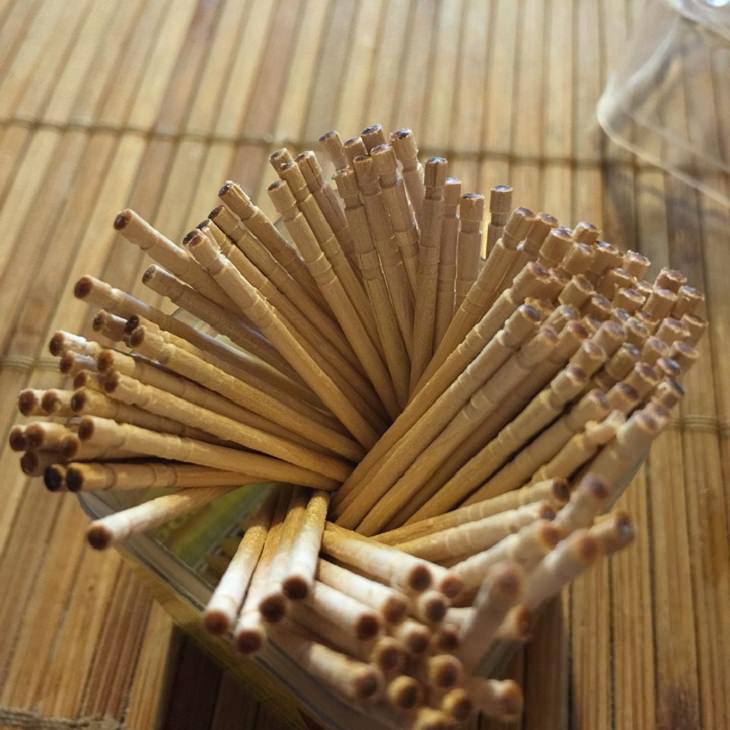
Many Chinese, Japanese and Indian restaurants provide toothpicks at the end of the meal. Most of us use the pointy end to remove food particles stuck in our teeth. If you notice closely, however, you will see that these toothpicks have well-defined grooves at one end that is flat. That isn’t just for decorative purposes. It is designed in this way to make it easier to break it from the end. This will be an indication that the toothpick is used and the next person who sits on the table won’t pick it up accidentally for use.
That part of the little stick has been intentionally weakened so that it will be easily snapped. In places like Japan and China, the grooved end is made to balance the used portion.
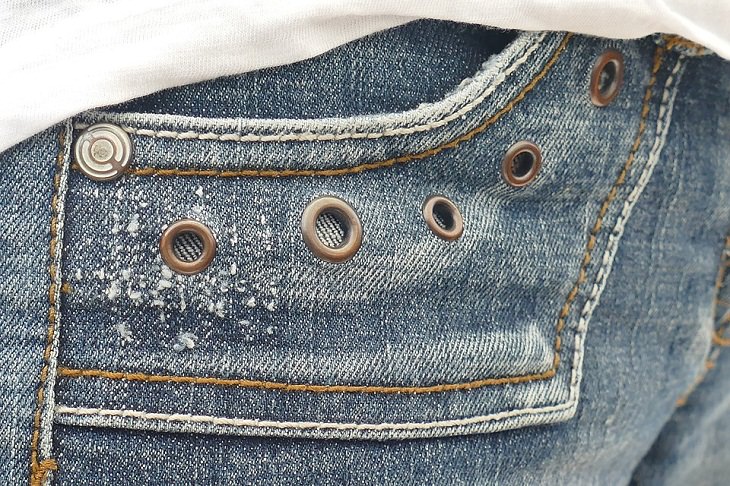
Those small metal buttons you have in your jeans aren’t just placed to make a fashion statement. Yes, they make a cute addition to your jeans and enhance their look. However, they do have a use.
These metal buttons are called rivets and were actually used on horse blankets before Latvian immigrant Jacob Davis came up with the idea to add them to clothing while working as a tailor in 1871. In those days, jeans were particularly popular among farmers, miners, ranchers, laborers and the likes. Davis found that these metal rivets were useful for strengthening the stress point in men’s work trousers.
The corners of the back pockets and the crotch, especially, often tore apart after being exposed to heavy-duty wear and tear. Davis then took his idea to Levi Strauss and together they obtained a patent for “improvement in fastening pocket openings”, which later went on to become a trend in jeans and has continued ever since.
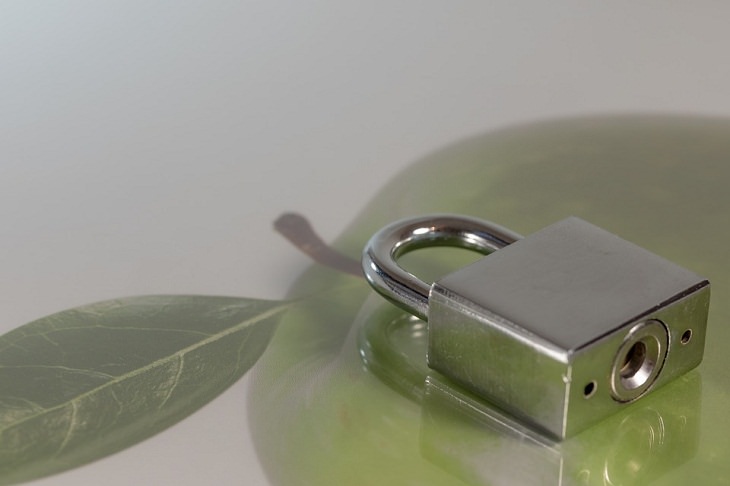
The next time when you are about to unlock a padlock, check its bottom. You will find one or two tiny holes there. Those holes are actually called ‘drain holes’ and are there to prevent the lock from rusting by letting the water drain out. Additionally, the holes also prevent water from freezing inside the lock. The water can cause serious damage to the lock as there is no expansion room. Thus, if you find a padlock that doesn’t have holes at the bottom you should only use it indoors.